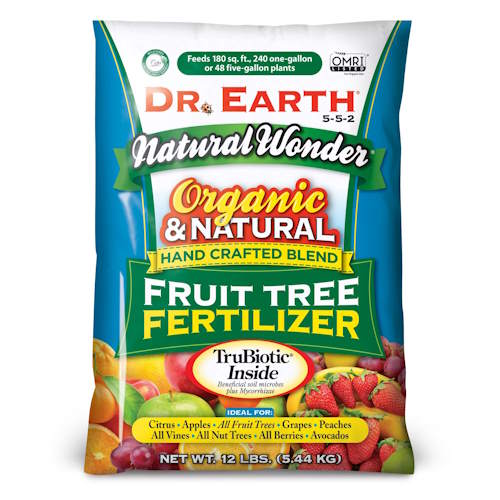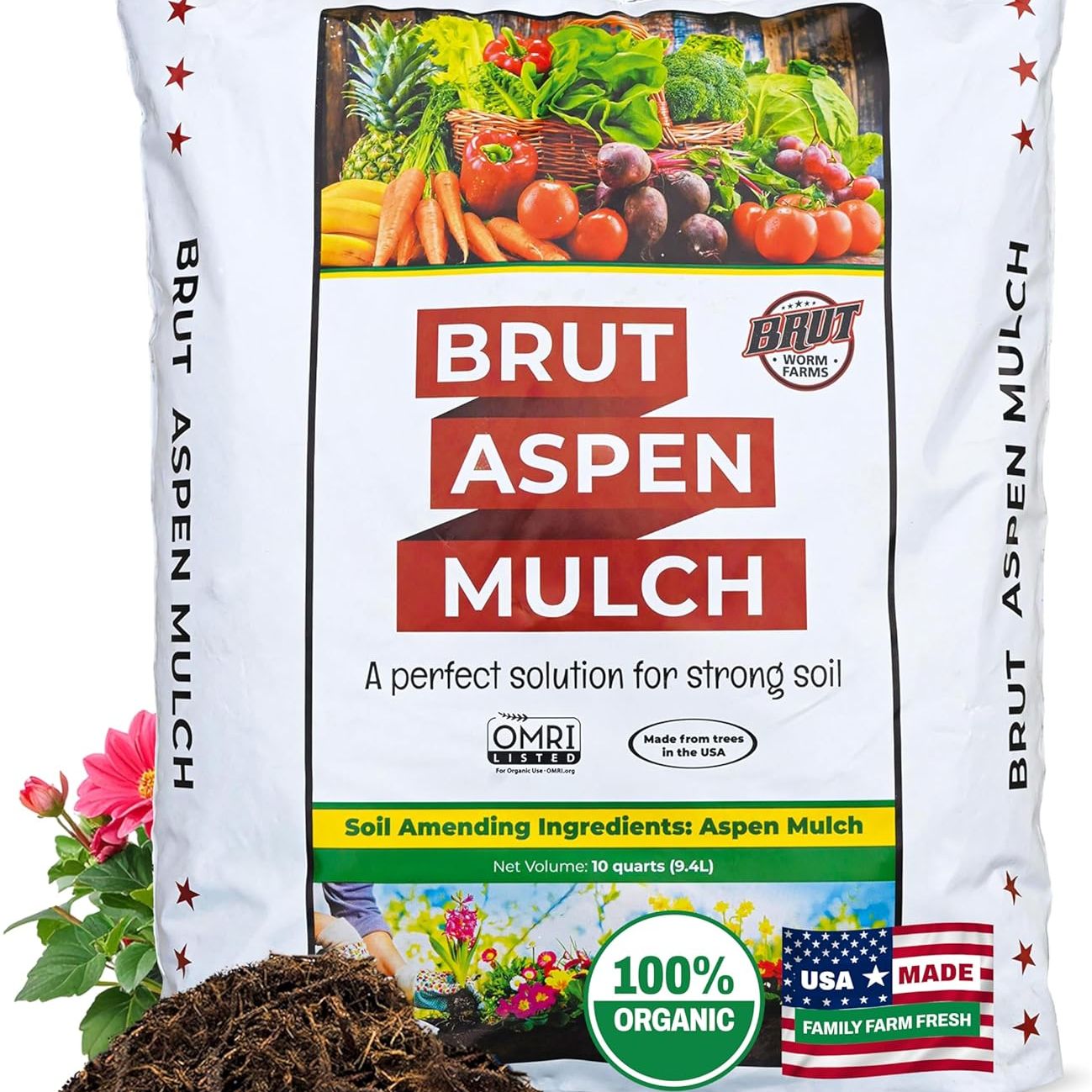Don't Waste Your Time Winterizing These 7 Fruit Trees – They're Hardy Enough Without Protection, Unless You Live in the Coldest Zones
Your fruit trees may be hardier than you first thought


As the temperatures drop and nights start to get frosty, you may feel nagging concerns about whether your fruit trees are going to cope with what winter brings. Don’t fret, as most are maybe hardier than you imagine, and there is no need to winterize these fruit trees unless you live in the coldest of hardiness zones.
You may have a long list of tender or borderline hardy plants that need to be moved, covered, or protected against the cold. Some of the best fruit trees are actually very cold-hardy and can survive winters as low as zones 3 or 4. Some varieties are hardier than others, but, as a whole, these trees won’t need winterizing in milder climes.
I spent years as a professional gardener in zone 8, maintaining historic gardens that featured lots of fruit trees. And those fruits never received extra winter protection. Here, I look at seven fruit trees that don’t need winterizing unless they are growing at the coldest extremes of their temperature range.

7 fruit trees that don't need winterizing
The fruit trees in this list are hardy enough to survive winter without protection in milder zones or areas without deep, prolonged winters, provided they are growing in the ground.
When you grow fruit trees in pots, however, their hardiness is affected, and their roots are more susceptible to frost. It makes them more likely to need protection in cold winters. As do newly-planted fruit trees, whose full hardiness is not reached until they are established.
1. Apples
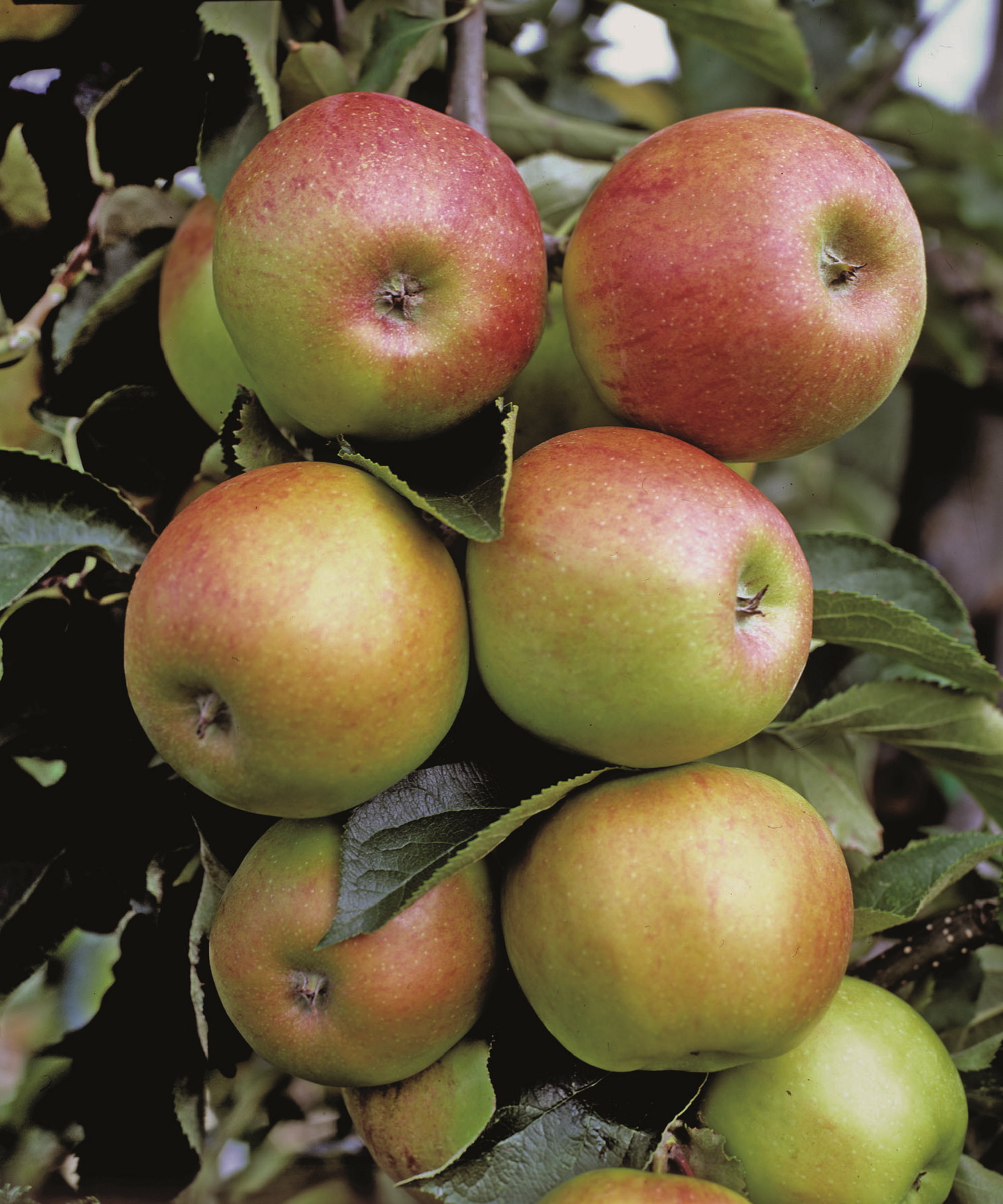
When you grow apple trees, they are very hardy fruit trees that can survive cold temperatures in most climate zones. Most types of apple trees are hardy to zone 4, but some varieties will tolerate winter temperatures as low as zone 3.
Some of the hardiest apples include Honeycrisp (get a Honeycrisp apple tree at Fast Growing Trees), Liberty, Antonovka, and Macintosh. However, in milder climates, most apple varieties can survive winter without requiring additional attention.
Design expertise in your inbox – from inspiring decorating ideas and beautiful celebrity homes to practical gardening advice and shopping round-ups.
I grew a wide variety of apples in zone 8. Due to the number of trees, it was impractical to winterize every one, and they survived year after year without any set protection against the cold. I didn’t grow apple trees in pots; these were either in the ground in a walled garden or in an orchard.
When planting apple trees in colder climates, pick varieties that are suited to your winter temperatures. It is also advisable to opt for later-blooming varieties to prevent delicate spring blooms from being killed by late frosts.
2. Pears

Pears are another easy fruit tree to grow, suited to both cold and milder climates. You can grow pear trees in zones 4-9, but you do want to keep them away from frost pockets, where their early blooms are vulnerable to spring frosts, to get a pear tree to fruit.
If you want to plant pear trees in colder climates, some of the hardiest varieties include Beurre Hardy, Concorde, and Conference. As long as you choose a variety suitable for your climate, it can overwinter without any assistance. Just as with apples, the pear trees in the gardens I worked in survived fine in zone 8 winters without any specific measures.
Mulching will always benefit the trees and protect the roots from cold, but don’t feel it is critical. When you live in colder zones where pears are not as hardy (zones 4 or 5), or have a variety borderline hardy for your location, overwintering them may be required.
3. Plums
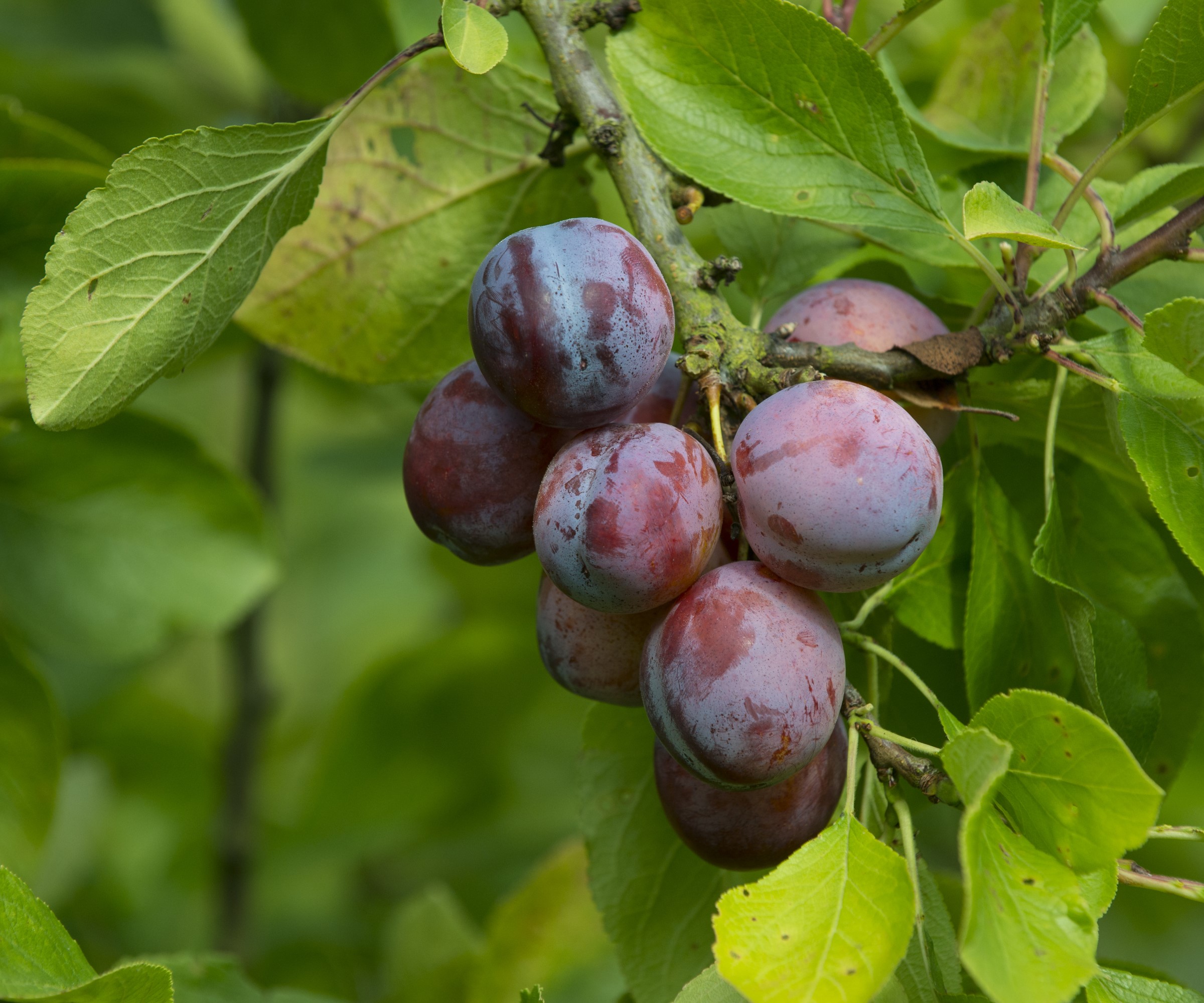
Plums are a hardy fruit, and there are hundreds of different varieties. The toughest types of plum trees are American plums, which can survive down to zone 3, such as the Canada plum, American plum, and the beach plum.
Hybrid and European types of plum are moderately hardy and can tolerate down to zone 5, though it can vary depending on the particular variety. If you plant a plum tree suitable for your climate, you definitely don’t need to winterize it, as established trees should be hardy enough.
In a garden I worked in, there were plum trees trained as espalier trees. They survived cold winters without any protection, as the varieties picked were suited to the location.
It highlights the importance of picking the right types to ensure that any plum tree fruits. You may need to cover the blossom with frost cloth in spring to protect it from frost if you have an earlier-flowering variety, or a late freeze. You can get frost covers at Amazon to cover trees on freezing nights.
4. Cherries

Cherry trees make one of the best fruit trees for spring blossom. Overall, they are beautiful trees that provide color, interest, and fruit throughout the year.
Cherry trees come in tart (or sour) and sweet varieties, and it is the former that are the hardiest out of the two types. Sour cherries are hardy to zone 4, while sweet cherries are hardy to zone 5. However, some select varieties can cope with winters down to zone 3, including Juliet (you can get a Juliet cherry tree at Fast Growing Trees), Carmine Jewel, and Canada Red Select.
Cherry trees can withstand winter in milder climates without too much of a struggle, provided they are planted in a sheltered location and in well-draining soil. Strong, freezing winds can damage branches, and waterlogged soil puts the tree at risk of root rot.
It is best to plant a cherry tree in a sunny, sheltered spot, and to add organic matter, such as compost, to the site before planting. Trees will benefit from mulching in spring and protecting early blooms with fleece.
5. Persimmon
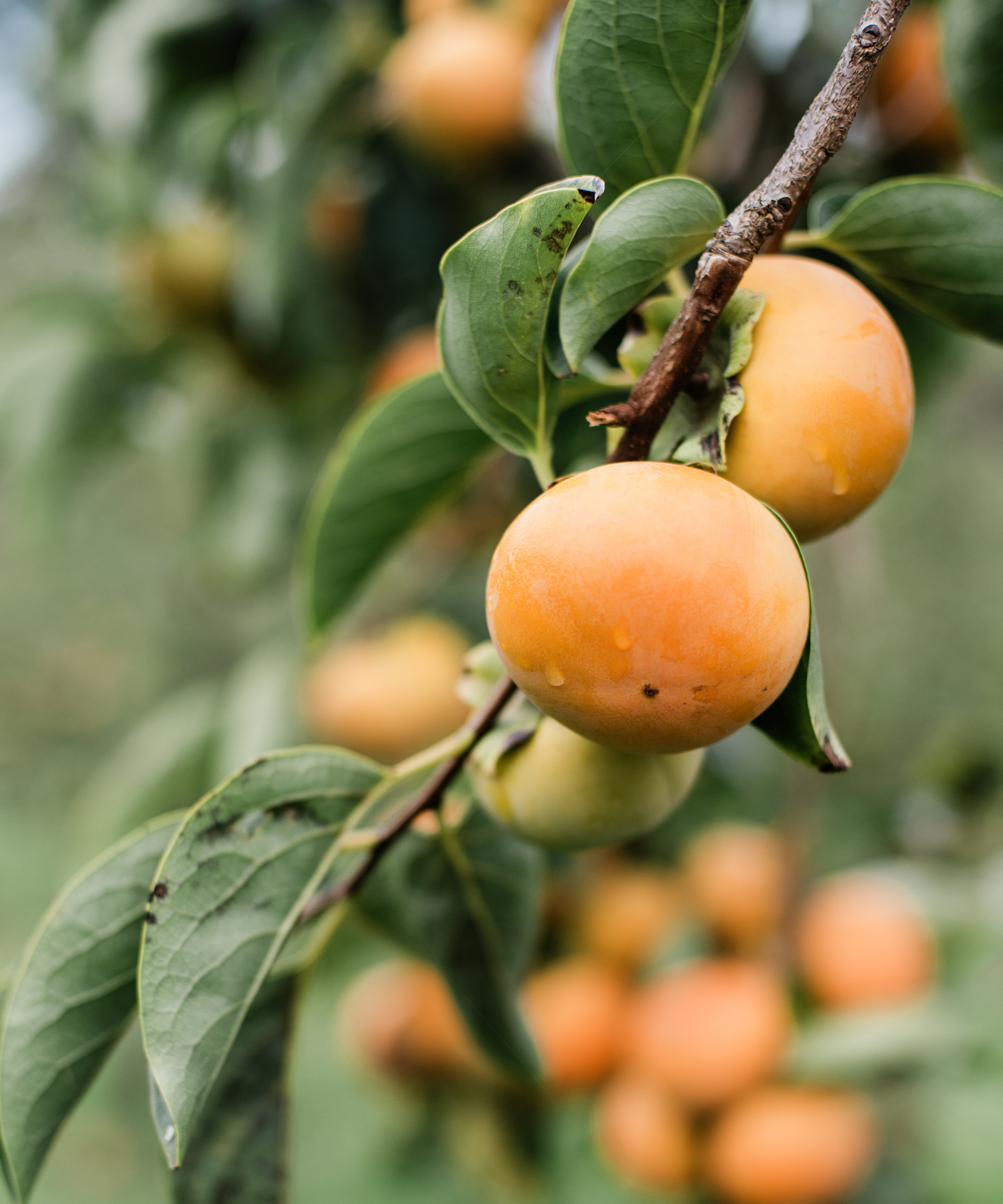
Persimmons are in the Diospyros genus. There are Asian (Diospyros kaki) and American (Diospyros virginiana) types of persimmon trees.
It is the American persimmons, which are native plants to the eastern United States, that can tolerate colder conditions. They can be grown outdoors as low as zone 4, as they can tolerate temperatures down to -25°F. It means you will need to do little to winterize the trees in most climates.
Asian persimmons, for comparison, can only tolerate as low as 14°F and can be killed by cold and wet winter weather. These trees will need winter protection in zones 7 or 8.
However, if you grow a persimmon tree in a container, its hardiness will be reduced as the roots are more susceptible to frost. They will need to be kept somewhere warm and sheltered from the worst of the winter elements.
Successful steps to winterize them may involve moving the container or wrapping the pot in a cover, such as this winter pot cover at Amazon.
6. Mulberry
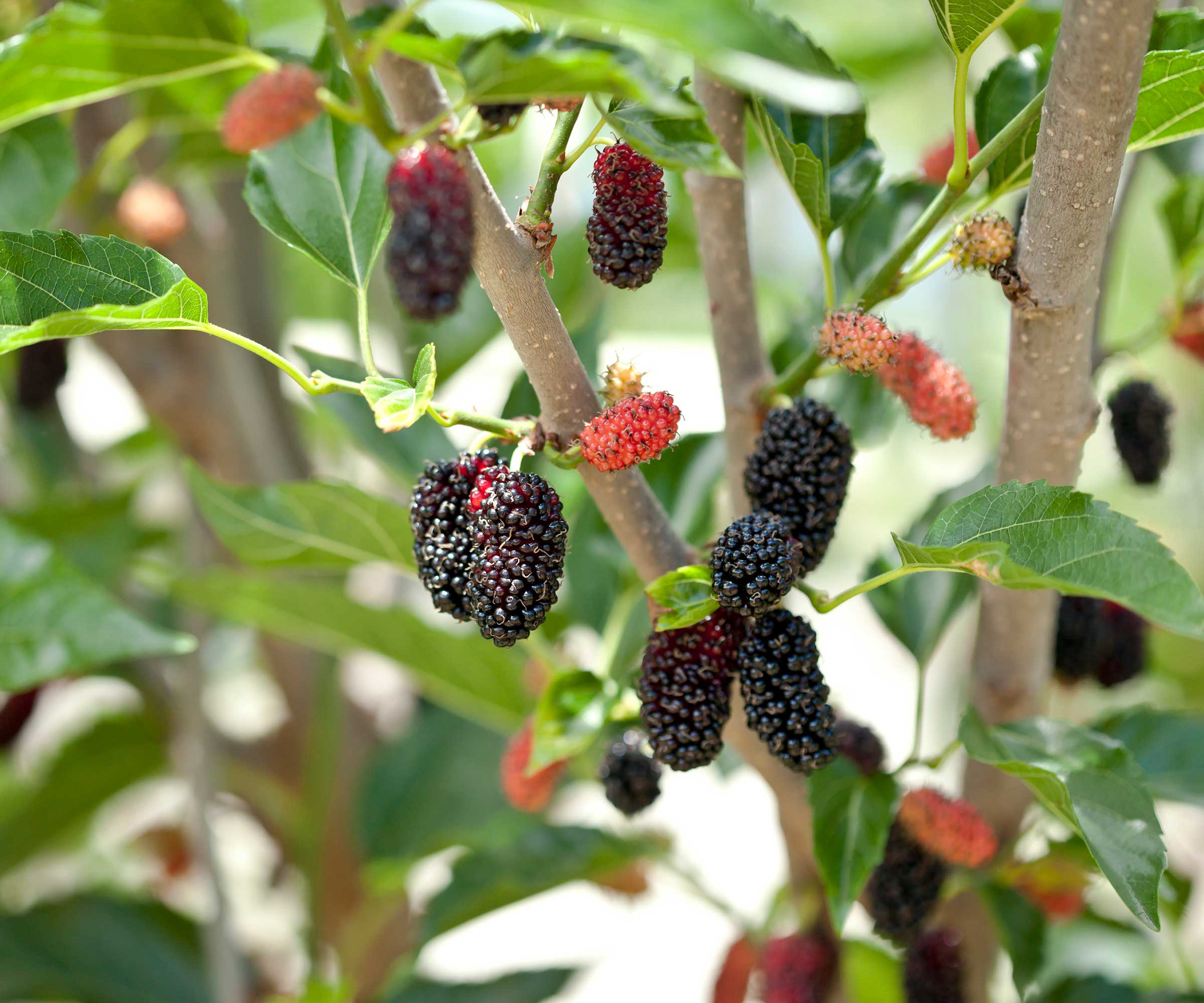
Mulberry trees are suitable for growing in zones 4 to 8. In the lower part of this range, you may need to protect mulberry trees in winter, especially if the tree is young or in pots. However, as established trees can survive temperatures to -30°F, it means they can cope with winters without too many issues.
Younger and recently-planted trees may need protection from frost and snow. You can do this by wrapping plants with frost cloth or burlap (like this burlap roll at Amazon) when cold nights are predicted. Frosts don’t affect getting a mulberry tree to fruit, as these trees can take eight years to start producing a crop.
If you grow mulberry trees in pots, move them to a protected location and insulate the pot with a cover or by covering them with mulch or straw.
7. Fig

Many fig trees are surprisingly hardy, and many gardeners will not have to do anything to their tree to ensure it survives over winter. I have had several gardens with fig trees in zone 8, and they all survived our winters without the need for extra safeguarding.
However, if you live in cold zones with harsh winters, these native Mediterranean garden plants may need some protection. Fig trees can withstand temperatures as low as 14°F, and some varieties (such as Chicago Hardy, which is known as the hardiest fig, and you can get a Chicago Hardy Fig at Fast Growing Trees) may even survive down to 10°F for short periods. But no fig tree can tolerate 5°F or lower.
If you grow a fig tree in zone 7 or above, your tree should be able to survive winter, provided it is growing in the ground and in well-draining soil. Those in zones 6 or 5 will likely need to winterize fig trees. The options are to wrap trees to protect plants from the frost or grow their fig trees in pots to move them indoors for winter.
Once winter arrives, it is too late to prune fruit trees. If you want to trim the likes of apples, pears, mulberries, persimmons, and figs, it is best to wait until late winter or early spring. However, cherries and plums, along with other stone fruits such as peaches and apricots, should be pruned when they are actively growing in summer.

Drew has worked as a writer since 2008 and was also a professional gardener for many years. As a trained horticulturist, he worked in prestigious historic gardens, including Hanbury Hall and the world-famous Hidcote Manor Garden. He also spent time as a specialist kitchen gardener at Soho Farmhouse and Netherby Hall, where he grew vegetables, fruit, herbs, and cut flowers for restaurants. Drew has written for numerous print and online publications and is an allotment holder and garden blogger. He is shortlisted for the Digital Gardening Writer of the Year at the 2025 Garden Media Guild Awards.
You must confirm your public display name before commenting
Please logout and then login again, you will then be prompted to enter your display name.
